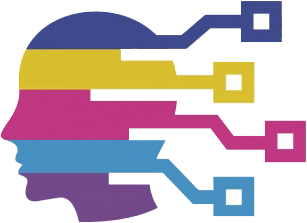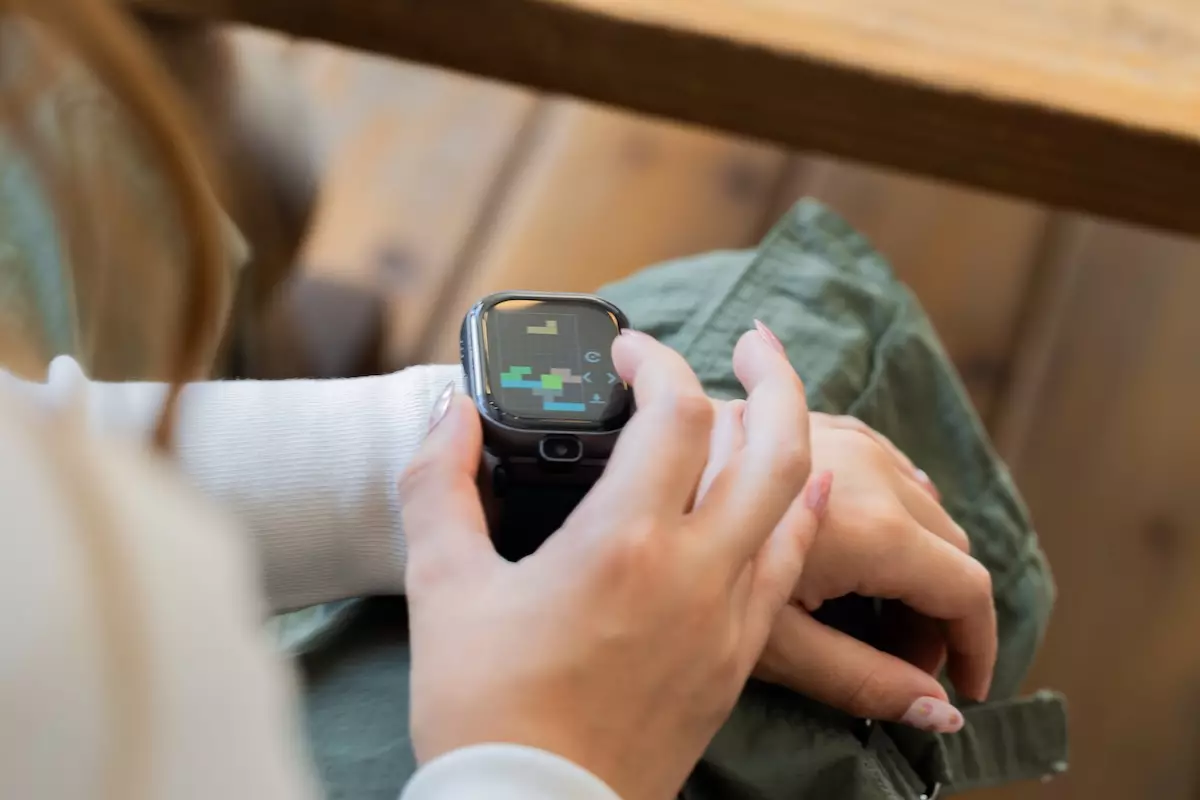In an era where smartphones dominate the communication landscape, parents are often caught between the desire for connectivity and the need for safety. Handing a device to a tween can be fraught with concerns over exposure to harmful content, cyberbullying, and screen overuse. This dilemma highlights a pressing need: how do we equip children with the tools to navigate the digital world responsibly, without exposing them to its lurking dangers? Enter the Pinwheel Watch—a fresh, promising approach to child-centric technology designed to bridge this gap with safety and innovation at its core. It’s more than a mere device; it’s a proactive step toward empowering parents and protecting children in a complex digital environment.
A Child-Friendly Alternative to the Smartphone Conundrum
The concept of replacing traditional smartphones with specialized wearables reflects a paradigm shift in how parents can supervise their children’s digital interactions. The Pinwheel Watch exemplifies this shift—offering an array of features tailored specifically for the 7 to 14 age group. Unlike standard smartwatches, it dismisses internet browsing and social media, effectively creating a safe digital bubble. Its interface prioritizes simplicity, with a slightly larger screen than the Apple Watch, ensuring clarity and ease of use. Priced at a modest $160 plus a subscription, the device is positioned as an accessible yet thoughtfully designed alternative for concerned parents.
Crucially, this smartwatch acts as a digital safeguard, curbing the typical pitfalls that come with unchecked online access. It enables essential communication—calls, messaging, and video calls—without exposing children to the negatives of social media. The device emits a reassuring message: technology can be both engaging and safe when curated with care and intentional restrictions.
The Promise and Pitfalls of AI in Child Safety
One of the most ambitious features of the Pinwheel Watch is its AI assistant, PinwheelGPT. Designed as a safer, kid-friendly chatbot, it aims to fulfill children’s curiosity while maintaining strict boundaries around sensitive topics. Its inclusion signals an acknowledgment of AI’s potential in educational and developmental contexts—yet it also invites scrutiny. Parents often harbor reservations about AI’s role, concerned about misinformation and overdependence on digital interaction.
While the company assures that safeguards are in place—training the AI to avoid inappropriate discussions and ensuring full transparency over interactions—these safeguards do not eliminate all risks. Children can become overly reliant on these virtual companions, possibly replacing face-to-face interactions with family and friends. Such concerns are valid, especially considering the nuanced social skills that children develop through real-world interactions. The question then becomes: does this AI genuinely enhance safety and learning, or does it risk fostering a digital dependency that could hinder social growth?
Despite these concerns, the company emphasizes that parents retain ultimate control—being able to disable or remove the AI assistant entirely. The transparency in conversations and data management further reinforces a commitment to responsible AI usage. Yet, the long-term psychological implications of integrating AI companions into children’s lives remain largely uncharted territory, demanding careful monitoring and ongoing discourse.
Empowering Parents Through Transparent Control and Focused Features
One of the most compelling aspects of the Pinwheel Watch is its robust parental control system. The device allows guardians to establish a “Safelist” of contacts, ensuring children can only communicate with approved individuals. This feature alone provides peace of mind while enabling responsible social interaction. The Schedule tab further enhances control by restricting device functionality during key periods—such as school hours or camp—fostering a disciplined digital routine. During these times, parents can limit communication to emergency contacts, reducing distractions and promoting healthy routines.
Moreover, the watch integrates practical tools like a calendar, calculator, and mini-games, turning it into a multifunctional device without the harmful distractions of online content. The inclusion of a camera facilitates supervised video calls and selfies, enabling children to stay connected visually with loved ones in a controlled setting. The voice recorder offers another creative outlet, allowing children to express themselves safely.
An innovative feature that further reassures parents is the text message overview, enhanced with AI summaries. This tool provides quick insights into children’s messages, allowing guardians to stay informed about their children’s digital interactions without invading privacy. It’s a thoughtful balance—respecting a child’s independence while giving parents the oversight they need.
Reflections on the Future of Child-Centric Wearables
Pinwheel’s foray into the smartwatch sphere underscores a broader industry shift—toward specialized, safety-oriented technology for children. Its focus on controlling access, enabling communication, and integrating AI responsibly positions it as a formidable contender against tech giants. Its success could mark a turning point in how society perceives digital tools for young users: as aids for learning and connection, rather than threats.
However, the conversation must extend beyond features to ethical considerations. Will this device truly foster independence, or inadvertently cultivate overprotection? How will children learn to navigate privacy, digital literacy, and social cues if these are overly policed? These questions warrant reflection not only for this device, but for the entire landscape of children’s technology.
Ultimately, the Pinwheel Watch exemplifies the potential to redefine safety in children’s digital lives. Its thoughtful design, blending innovation with parental control, hints at a future where technology can serve as a trusted ally—balancing curiosity and safety, independence and oversight. But as with all tools of influence, its impact will depend on how carefully, critically, and consciously it’s integrated into children’s everyday experiences.

